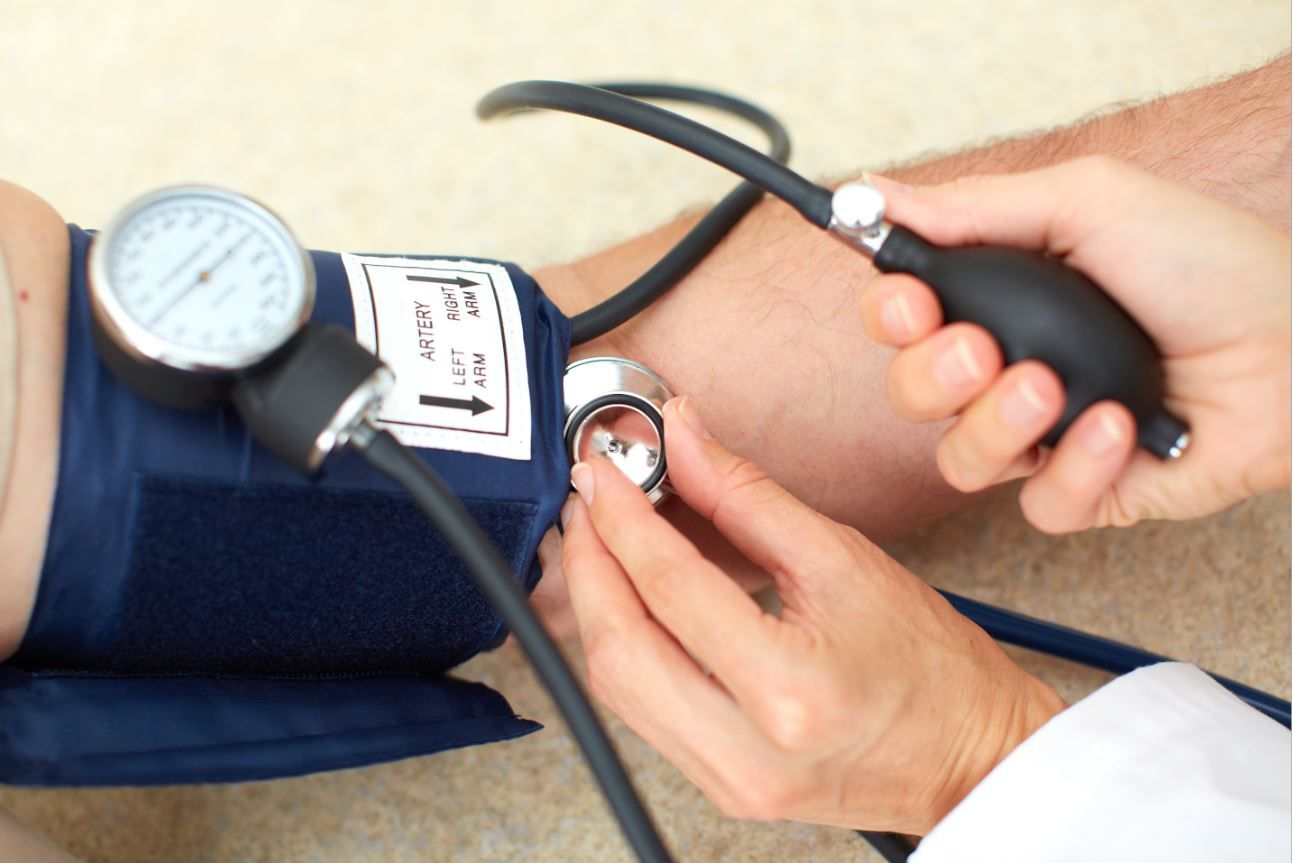- Clinical Technology
- Adult Immunization
- Hepatology
- Pediatric Immunization
- Screening
- Psychiatry
- Allergy
- Women's Health
- Cardiology
- Pediatrics
- Dermatology
- Endocrinology
- Pain Management
- Gastroenterology
- Infectious Disease
- Obesity Medicine
- Rheumatology
- Nephrology
- Neurology
- Pulmonology
Time at Target Blood Pressure Significantly Increased with Triple Combination Pill
Patients who received a low-dose 3-drug combination pill achieved time at BP target of 64% vs the usual care group result of 43% in a post-hoc analysis of TRIUMPH.
Time at target blood pressure (BP) was significantly increased among patients who received a low-dose 3-drug polypill vs those treated with usual care, according to new analysis of data from the TRIUMPH (Triple Pill vs Usual Care Management for Patients with Mild-to-Moderate Hypertension) randomized clinical trial.

Further, nearly twice as many TRIUMPH participants who received the “triple pill” (telmisartan 20 mg, amlodipine 2.5 mg, and chlorthalidone 12.5 mg) vs those in the usual care group achieved more than 50% time at target BP during the study’s 24-week follow-up period. The findings were published online April 13 in JAMA Cardiology as a Brief Report.
“Treatment effects appeared to be larger than those suggested by the main trial primary outcome at 24 weeks, as time at target captured the benefits of both reduced time to BP control and more sustained BP control with low-dose triple pill therapy,” wrote lead author Sonali Gnanenthiran, MBBS, PhD, of the University of New South Wales Sydney and colleagues.
Time at target, study authors note, is a novel longitudinal measure of BP control that may be less susceptible to variability, providing more consistent and reliable data, benefits, they say, that could augment current cross-sectional measures. Currently missing, however, are assessments of the impact on this measure of BP-lowering interventions. The objective of current post-hoc analysis was to help build that information base.
TRIUMPH, an open-label randomized clinical trial of low-dose triple BP therapy vs usual care, was conducted in urban hospital clinics in Sri Lanka from February 2016 to May 2017. The study included 700 adults with hypertension requiring initiation (untreated) or escalation (treated with monotherapy) of antihypertensive therapy. Participants had a mean age of 56.2 years and 57.6% were women. Mean baseline BP among all TRIUMPH participants was 154/90 mm Hg and 41.0% were receiving antihypertensive therapy. Participants were randomized to receive once-daily treatment with a fixed-dose triple combination pill (see above) (n=349) or usual care (n=351) and were followed for 24 weeks. All 700 individuals in the original trial were included in the secondary analysis, conducted from December 2020 to December 2021. The
The primary outcome of interest for this post-hoc analysis was a comparison of between-group differences in time at target over the main study’s 24-week follow-up. Investigators defined time at target as the percentage of time spent at target BP over the study period; for purposes of the study, target BP was defined as systolic BP (SBP) ≤140 mm Hg and/or diastolic BP (DBP) ≤90 mm Hg or SBP ≤130 mm Hg and/or DBP ≤80 mm Hg in patients with diabetes or chronic kidney disease.
Gnanenthiran et al found that patients who received the triple pill had greater time spent at target compared with those in the usual care group over 24 weeks’ follow-up (64% vs 43%; risk difference, 21%; 95% CI, 16 - 26; P<.001).
The team also reported that nearly twice as many participants in the triple therapy group achieved >50% time at target during follow-up than in the usual care group (64% vs 37%, P<.001).
Investigators noted that the association of triple pill treatment with time at BP target was observed early in the trial, with most patients in the group achieving >50% time at target by 12 weeks.
Also notable to Gnanenthiran and colleagues was the finding that triple-pill recipients, in fact, achieved consistently higher time at target during all 3 specified follow-up periods vs those treated with usual care (mean, 0 - 6 weeks, 36.3% vs 21.7%, P<.001; 6 - 12 weeks, 5.2% vs 33.7%, P<.001; 12-24 weeks, 66.0% vs 43.5%, P<.001).
“To our knowledge, this analysis provides the first estimate of time at target as an outcome assessing longitudinal BP control in a randomized clinical trial,” wrote the authors. “Further research is needed,” they added, “to explore the optimal frequency of BP measurements required for time at target calculations and whether longitudinal BP assessment provides superior prediction of clinical outcomes compared with current cross-sectional definitions.”
Reference: Gnanenthiran, SR, Wang N, Di Tanna GL, et al. Association of low-dose triple combination therapy vs usual care with time at target blood pressure: a secondary analysis of the TRIUMPH randomized clinical trial. JAMA Cardiol [brief report]. Published online ahead of print April 13, 2022. doi:10.1001/jamacardio.2022.0471.
